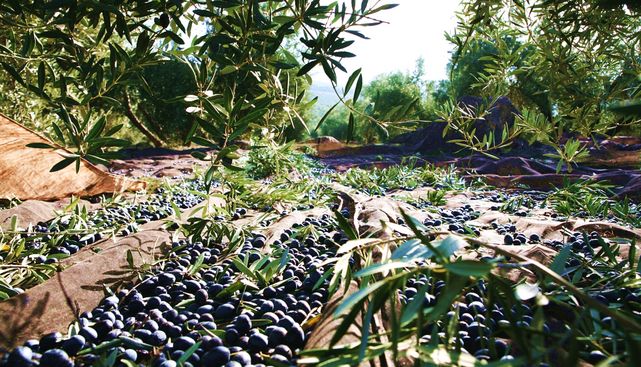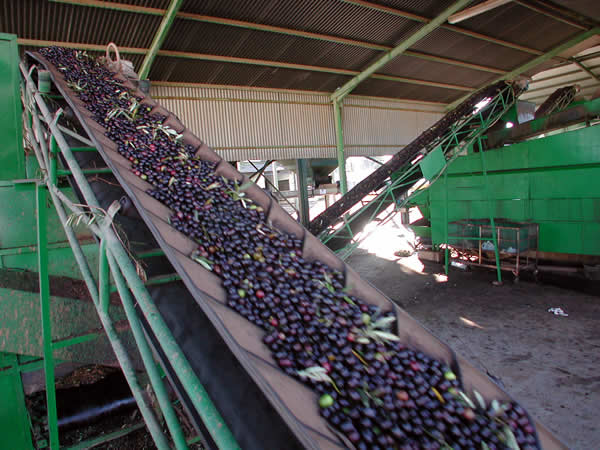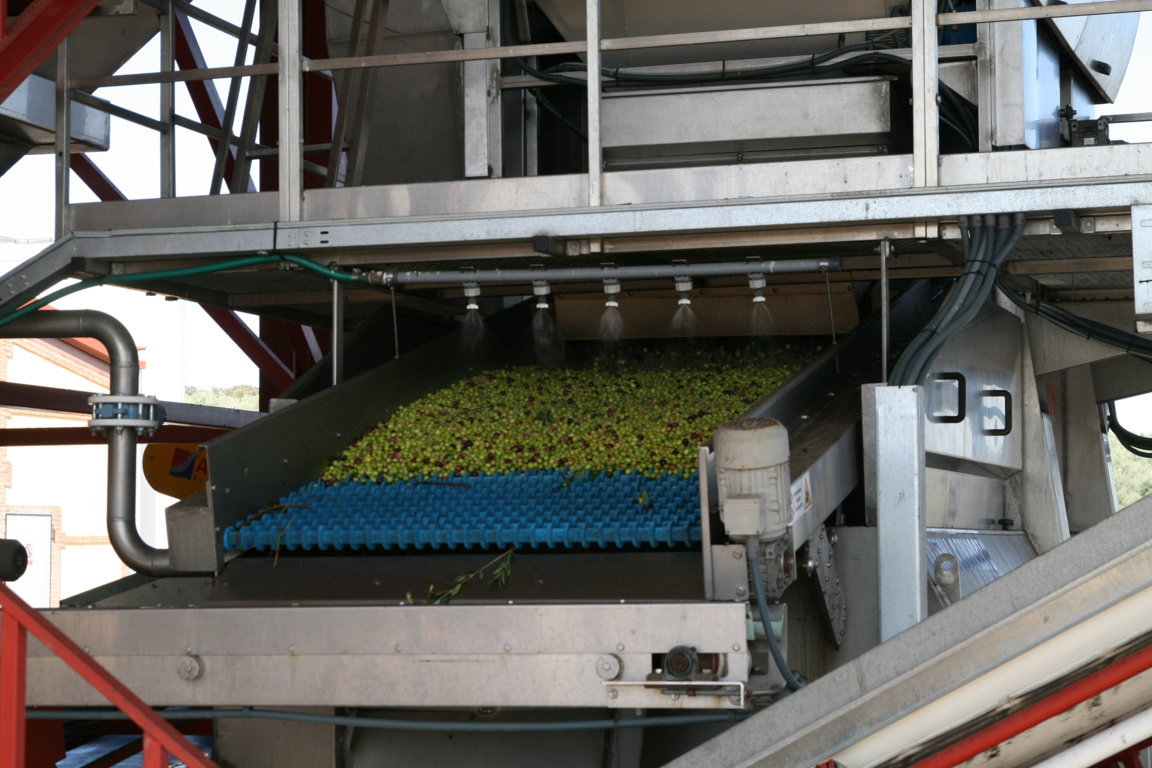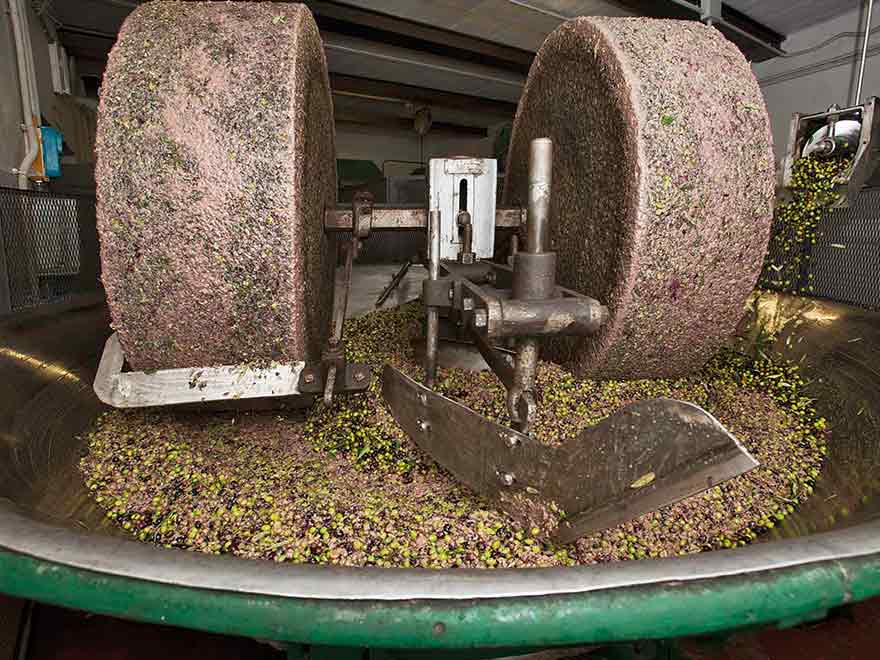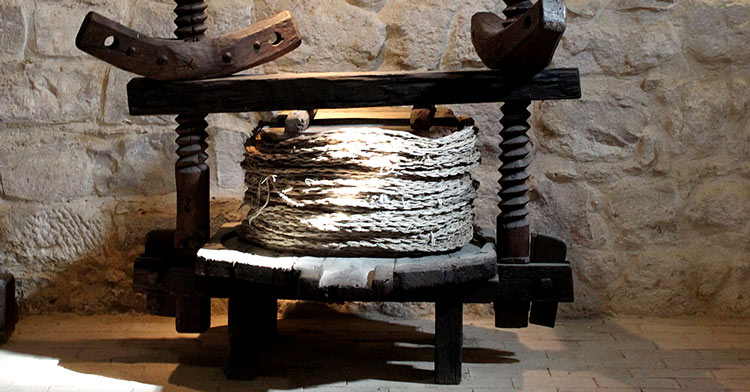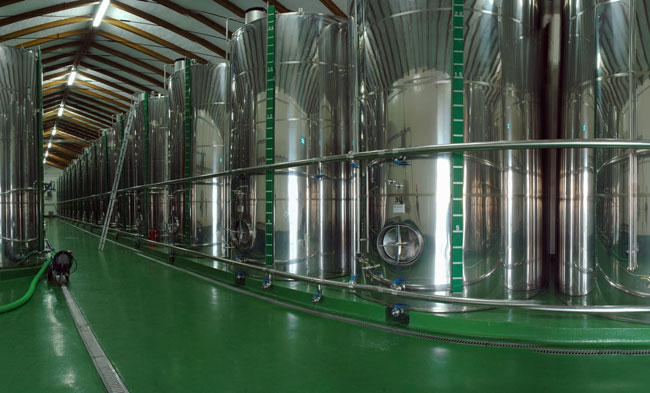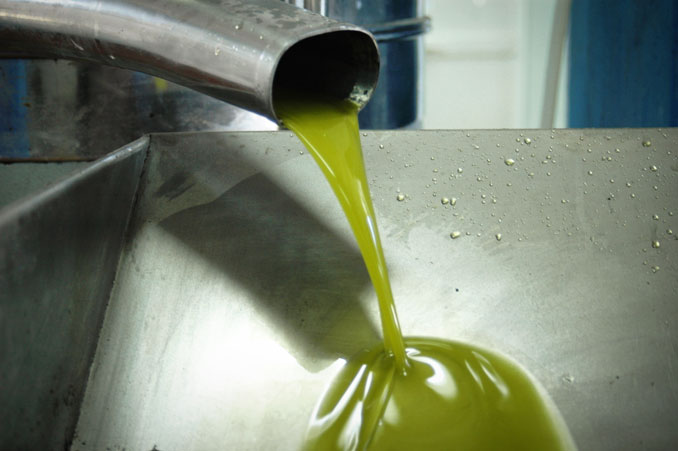Olive trees flower in spring and the fruit starts to form and then to ripen, changing from green to black, between the summer and the end of the autumn / beginning of the winter when harvesting takes place.
Olives can be picked by hand, or beaten from the trees (with long, flexible poles so that the olives fall onto the canvases placed at the foot of the trees), or harvested using mechanical tree shaking methods.

